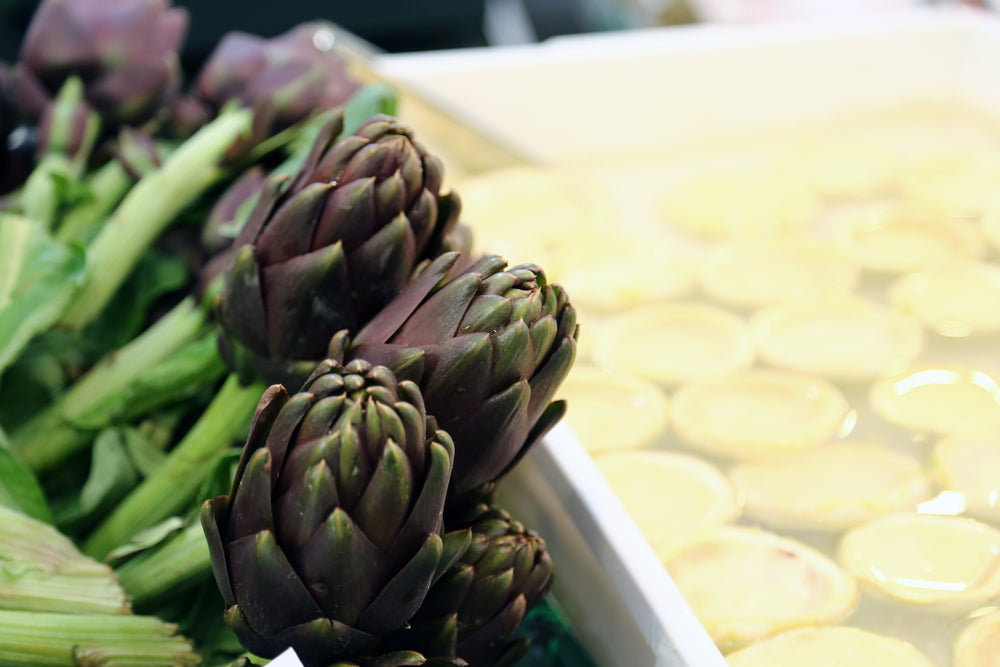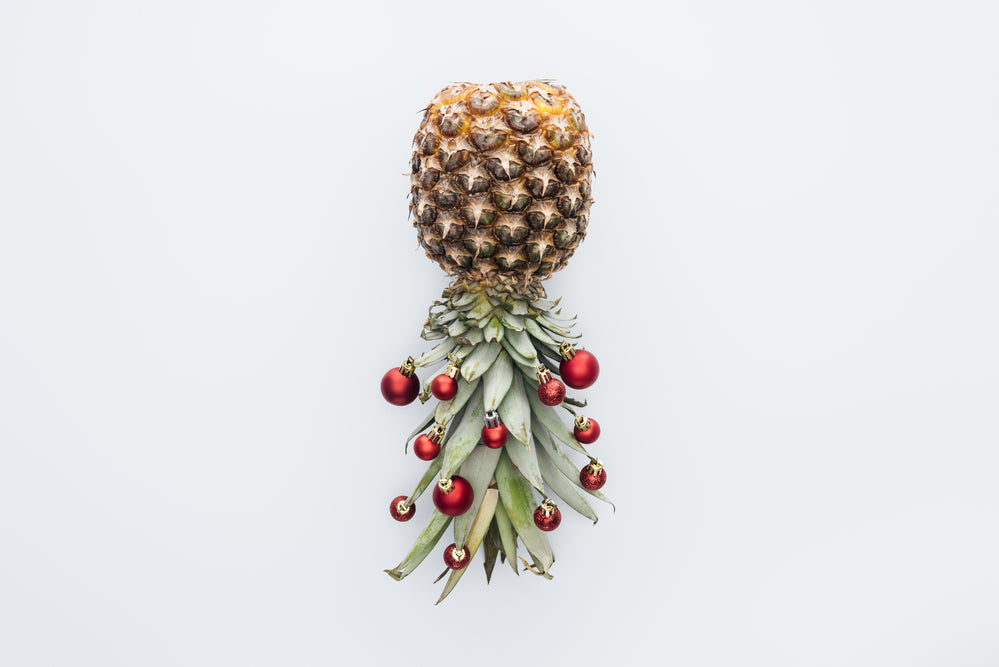You've probably experienced that uncomfortable feeling of swelling and heaviness that makes it difficult to put your shoes and clothes on comfortably. When you squeeze the skin, you feel it curiously resembles a memory foam pillow. If you find yourself in this situation, you are probably dealing with fluid retention.
Fluid retention, known as edema, is responsible for the swelling that occurs, mainly in the ankles, wrists and legs, causing the skin to tighten and limiting mobility in the joints. Although this problem is common, it is important to keep in mind that fluid retention can negatively affect the heart, kidneys, and other parts of the body.
Although it may sometimes be necessary to resort to diuretic medications (which must be prescribed by a doctor, avoiding self-medication), in many cases it is possible to treat or relieve fluid retention using natural diuretics. Next, we will explain to you what diuretic foods are and what other natural options exist.
The Best Natural Diuretic
It may not be the answer you expected, but the best natural diuretic is water, as long as it is low in sodium. If you suffer from fluid retention, it is essential to pay attention to the label of "mineral waters", as some of them contain high levels of sodium, which can worsen fluid retention, especially if you have high blood pressure.
When fluid retention becomes evident, whether due to swelling or worsening cellulite, elevating your legs or taking a walk can be helpful. However, make sure to maintain a balance in your water intake. Drink enough to satisfy your needs, taking small sips regularly and without waiting to feel thirsty.
That said, it is not surprising that the most water-rich fruits and vegetables, which contain around 90-95% liquid in their composition, are considered the best natural diuretics. Some examples include watermelon, celery, melon, cucumber, pineapple, among others.
Coriander, fennel, dandelion and horsetail are just a few additional examples of natural diuretics mentioned in an interesting article by Guru Nanak Institute of Pharmacy.
Highly Diuretic Fruits and Vegetables
In general, most fruits and many vegetables have a more or less potent diuretic effect, due to their content of water, potassium (a diuretic mineral) or both. Some especially diuretic fruits and vegetables include watermelon, cantaloupe, pineapple, cucumber, celery, prickly pear, and asparagus. Watermelon and melon, with their high water content, stimulate the production and elimination of urine. Pineapple, in addition to being a diuretic fruit, strengthens blood vessels, making it an excellent option for treating cellulite and spider veins.
Celery juice is a powerful natural diuretic and its effects on urine production become evident almost immediately. It is worth mentioning the prickly pear, a fruit with notable diuretic properties, which, according to a study by the Sidi Mohamed Ben Abdellah University, facilitates the elimination of retained fluids and helps excrete excess sodium.
The Most Diuretic Plants and Herbs
There are numerous plants with diuretic properties that you probably already know and have tried. Some of the most recognized include horsetail, artichoke, green and black tea, yerba mate, fennel and dandelion. Even lemon balm, known for its calming properties, has the ability to stimulate diuresis.
Horsetail and artichoke infusions are widely known for their effectiveness in treating fluid retention. However, fennel tea, made from the bulb, seeds or leaves, as well as yerba mate and green or black tea, are excellent options thanks to their diuretic power.
And what about lemon, or more precisely, lemon juice mixed with water? This fruit, like many others, is rich in potassium, a mineral with diuretic properties that contributes to the elimination of sodium from the body. Drinking water with lemon, in fact, promotes diuresis and is more effective in combating fluid retention than in burning fat.




Leave a comment
All comments are moderated before being published.
This site is protected by hCaptcha and the hCaptcha Privacy Policy and Terms of Service apply.